Akashiyaki: A regional dumpling with a fascinating backstory
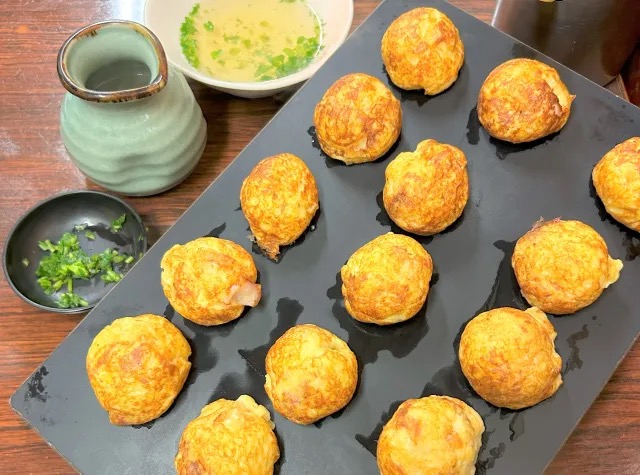
Osaka might be famous for takoyaki, but Akashi is the place where octopus balls first started.
It’s been around 10 years since our reporter K. Masami first ate Akashiyaki, when she ordered it from a takoyaki store. Back then, she thought it was an interesting alternative to the more famous Osaka specialty, takoyaki (fried octopus balls), with dashi soup stock used to flavour the balls instead of a rich sauce.
However, when she found herself in the city of Akashi — the birthplace of Akashiyaki — in Hyogo Prefecture the other day, she realised there was a whole lot more to the humble dumplings that she never knew about before.
▼ Her first revelation came when she was looking for a place to try it in Uo no Tana (literally “Fish Shelf”), a market outside the station that has a history stretching back 400 years.
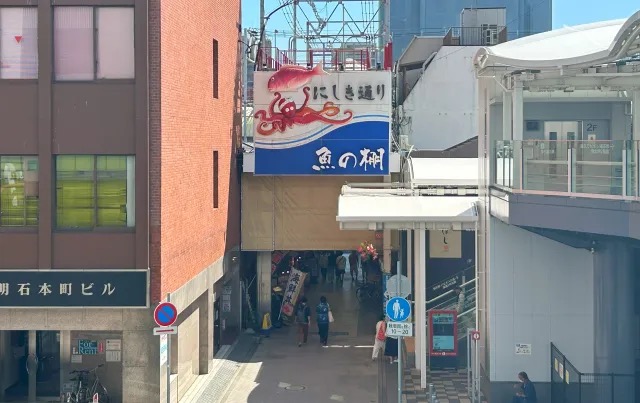
As she entered the market, she expected to see posters proudly extolling the virtues of Akashiyaki and stall owners calling to out-of-towners like herself to try it. After all, this dumpling takes its very name from the city, so she thought there would be advertising for it everywhere.
However, as she walked by the many stalls, she began to realise something. There were no signs for “Akashiyaki” anywhere. What she did find were a number of purveyors advertising “Tamagoyaki” on storefront signs. Tamagoyaki literally translates as “fried egg” but is usually the term used for a Japanese rolled omelette, a dish that isn’t particularly famous in the area, so Masami couldn’t quite work out what was going on.
▼ Stores with the word “玉子焼き” (“Tamagoyaki”) on their signs could be found throughout the area.

Coastal Akashi is famous for octopus, and as she browsed the storefronts Masami could see fresh examples for sale everywhere. However, Masami wasn’t here for fresh octopus, she was here for dumplings that contained octopus, cooked up like takoyaki, in rectangular pans with holes, like this one seen above one of the stalls.
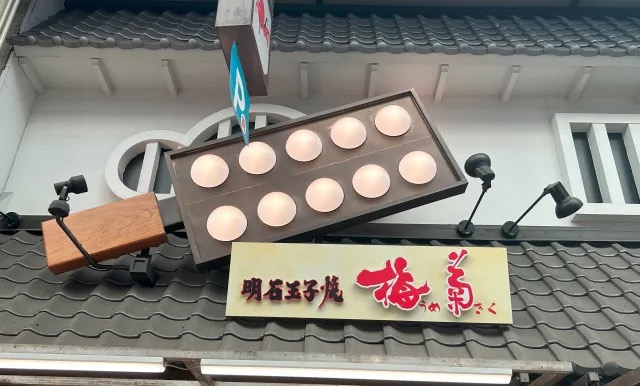
When she saw the familiar pan on the awning of the store above, she thought she’d finally found Akashiyaki, but a closer look at the sign revealed the words “明石玉子焼” (“Akashi Tamagoyaki”). Standing in front of the stall for a moment, Masami’s mind began whirring and equations floated around her head like she was some kind of meme as she worked to put the pieces of the puzzle together, using the visual clues that lay before her.
“A pan for Akashiyaki…but the words ‘Tamagoyaki’ yet again…could this mean…?”
She may have been slow on the uptake, but Masami now realised she must be on to something. Confirming her hunch with a quick search online, Masami clicked her fingers in delight as she finally solved the puzzle — here in Akashi, the dumplings aren’t called Akashiyaki, they’re called…Tamagoyaki!
With the puzzle now solved, Masami lined up at what looked to be the most popular joint, a store called “Takoiso” (“たこ磯”), which bore a sign that read, “Akashi’s famous specialty, Tamagoyaki“.

It was now past noon and the restaurant was already full, with a line of people queuing outside, many of whom looked to be local regulars. The menu was very simple, but in addition to the standard dumplings, containing only octopus, Masami saw there was also a variety containing a mix of octopus and conger eel, so she decided to order that option.
▼ For 1,100 yen (US$7.51), Masami received 15 dumplings, and they were beautifully served on a long plate.

This would be her first time in a decade to try Akashiyaki, and when she held one of them in her chopsticks, she could feel it was super soft and fluffy, so she loosened her grip slightly to ensure it didn’t break.
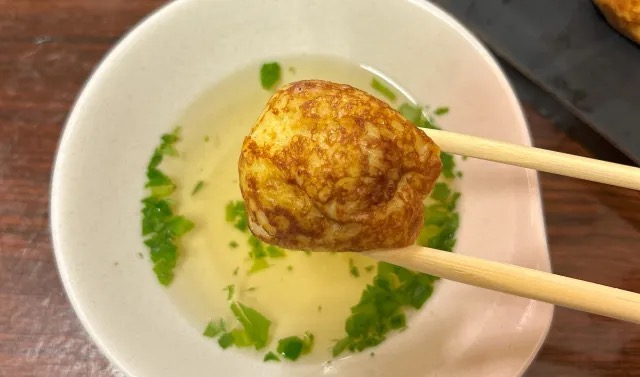
Unlike takoyaki, which are covered in seaweed laver, mayonnaise and a dark and rich sweet and salty sauce, Akashiyaki are served plain, with customers dipping each ball into dashi soup stock. Once Masami had dipped her ball into the stock, she placed it in her mouth and it felt as if the morsel melted away on her tongue immediately. It was much more soft and delicate compared to takoyaki — so much so that it was like an entirely different dish.

The fried balls themselves were soft, but the dashi softened them even further, creating heavenly, pillowy flavours of octopus and conger eel. Although the seafood flavours were pronounced, the dashi broth was mild, making them incredibly easy to eat.
As she ate her way through each delicious fried ball, she did a little research on her phone and was surprised to find that Akashiyaki was actually the predecessor to takoyaki, with Osaka having nabbed the idea for their fried octopus balls after seeing the popularity of the octopus balls in Akashi.
Akashiyaki were first made in the Meiji period (1868-1912) as a way to make use of egg yolks, which were going to waste during local production of Akashidama, a decorative coral that required egg whites. The dumplings were popularised by a stall holder in Akashi in 1919, followed by the introduction of takoyaki by a purveyor in Osaka in 1935. Although Akashi’s dumplings were long known as “Tamagoyaki” since their inception, a city official renamed them as Akashiyaki in the late ’80s as a way to promote the city.
▼ Whether you know them as Tamagoyaki or Akashiyaki, one thing is for certain — they’re absolutely delicious, and definitely worth trying.
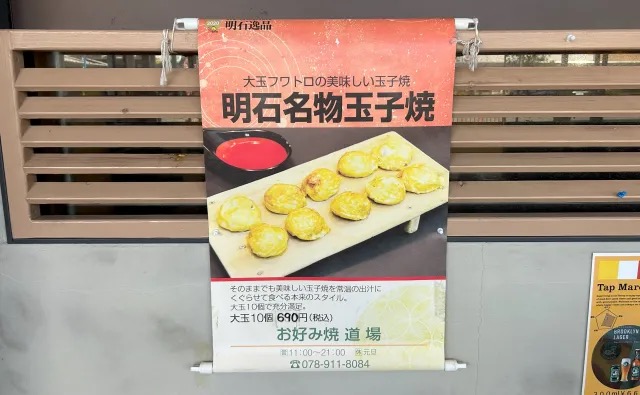
So if you ever find yourself in Hyogo Prefecture, you might want to swing by Akashi for a taste of the balls that started the worldwide craze for octopus balls. Just remember, while some places in Osaka also sell them, under the name “Akashiyaki”, in Akashi, they’re known as “Tamagoyaki”. It’s one of the many charms of Hyogo Prefecture, which is also home to a castle town with one of the country’s best breakfasts.
Images © SoraNews24
● Want to hear about SoraNews24’s latest articles as soon as they’re published? Follow us on Facebook and Twitter!
Credit:



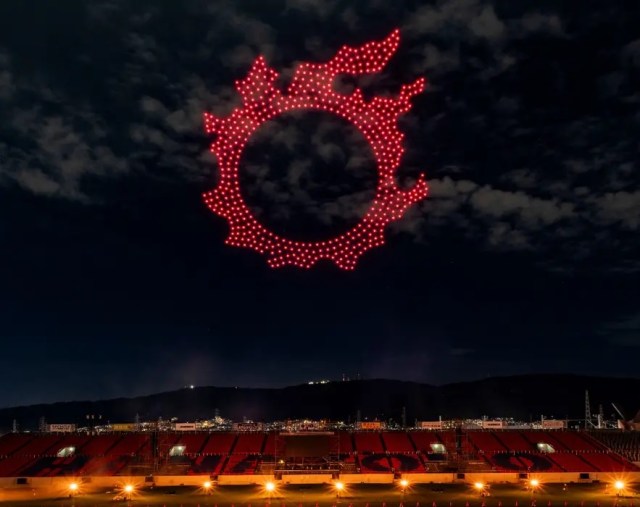










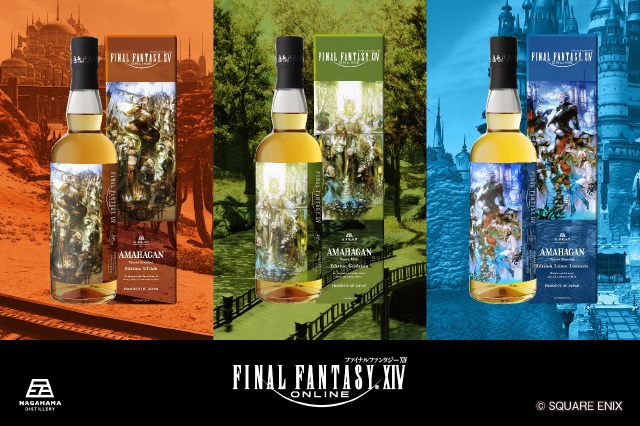
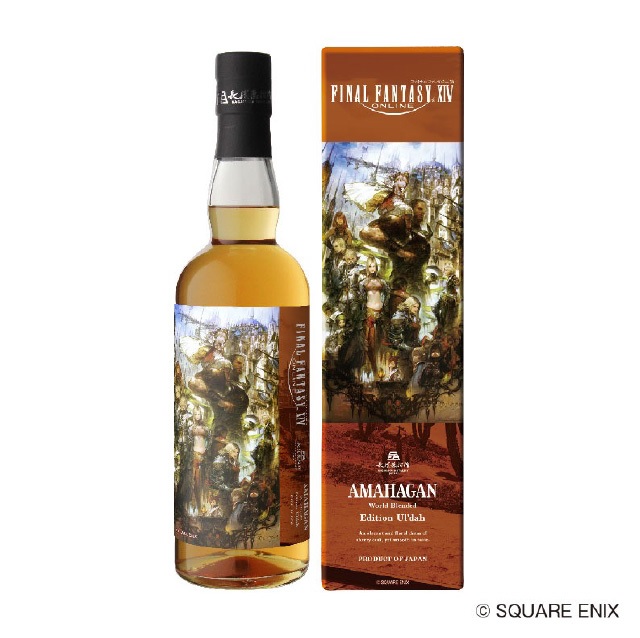
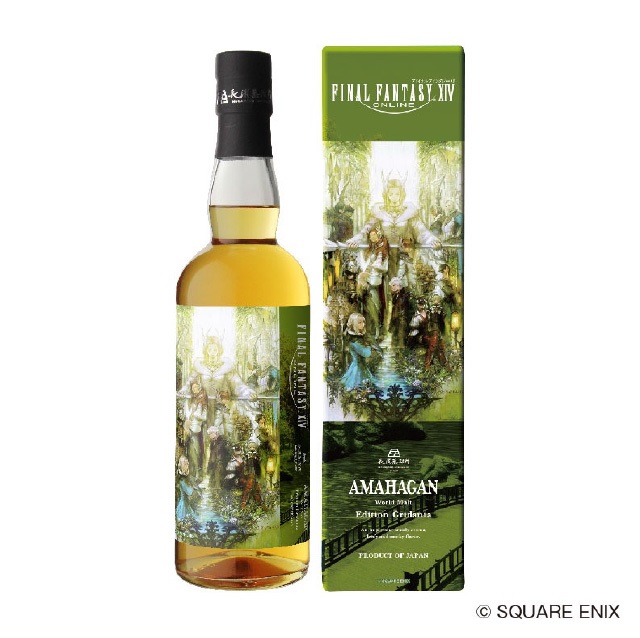
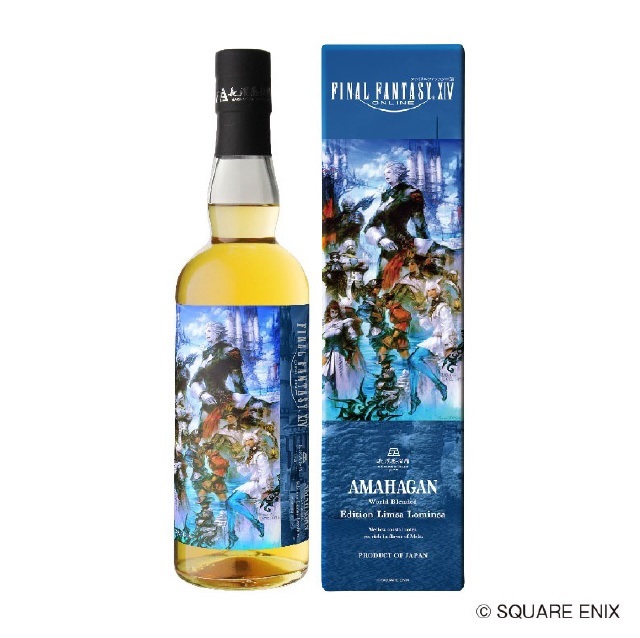


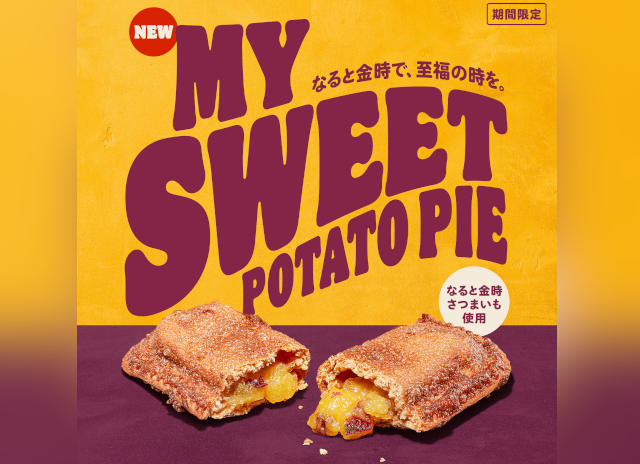
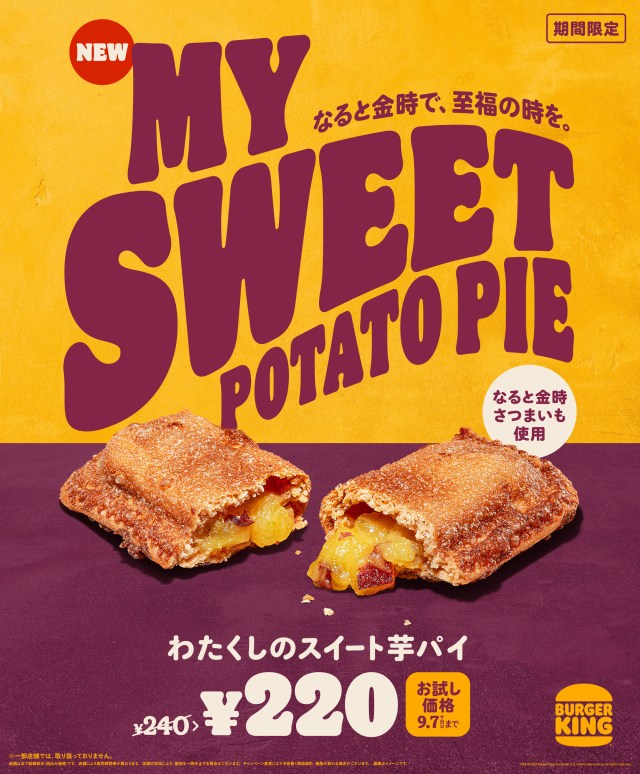
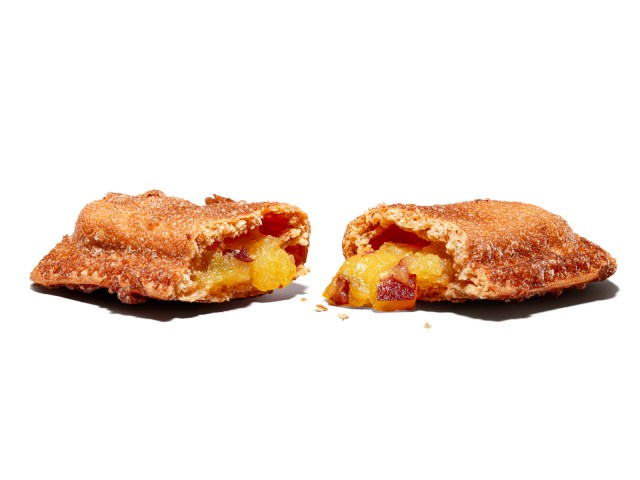
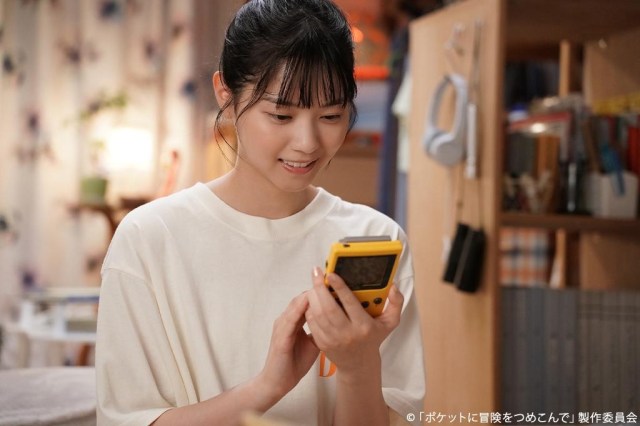
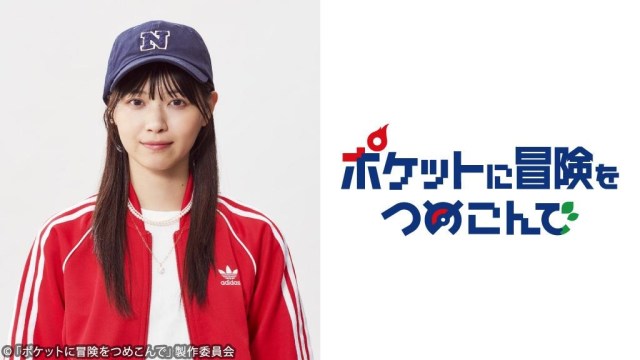
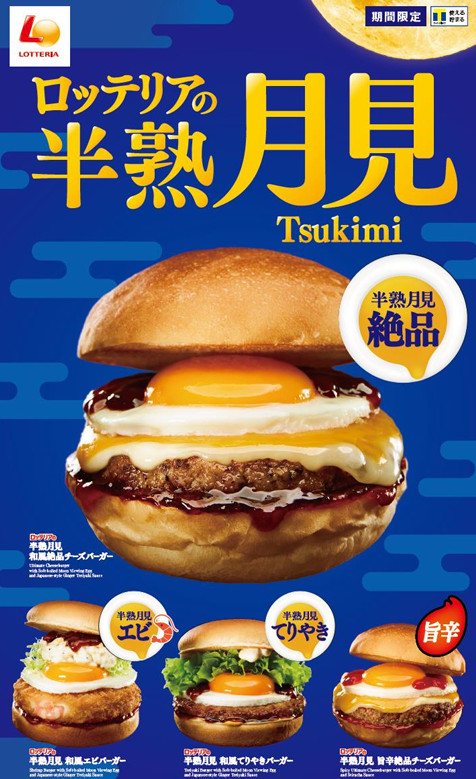
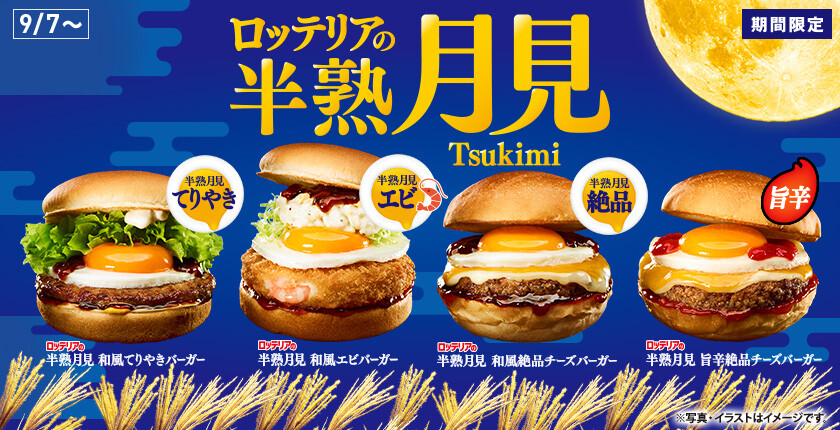
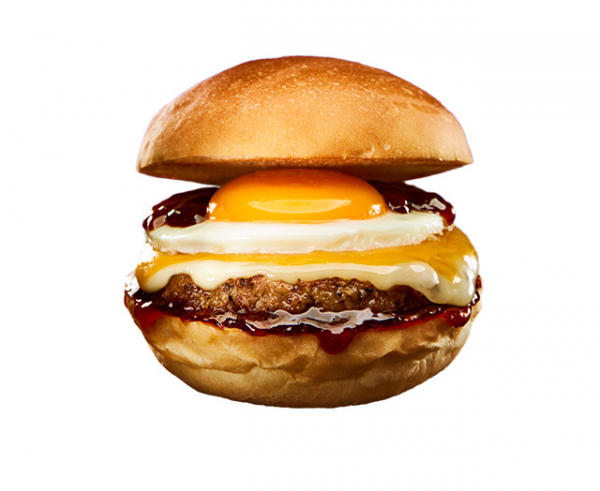
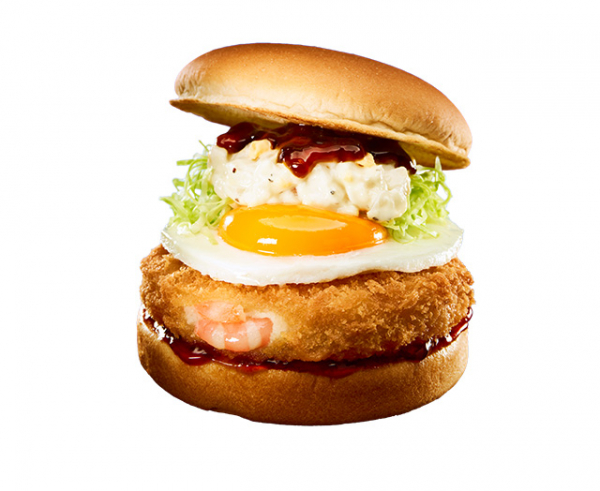
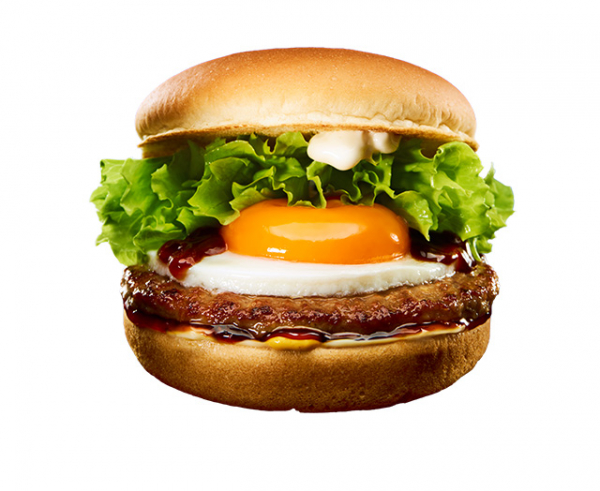

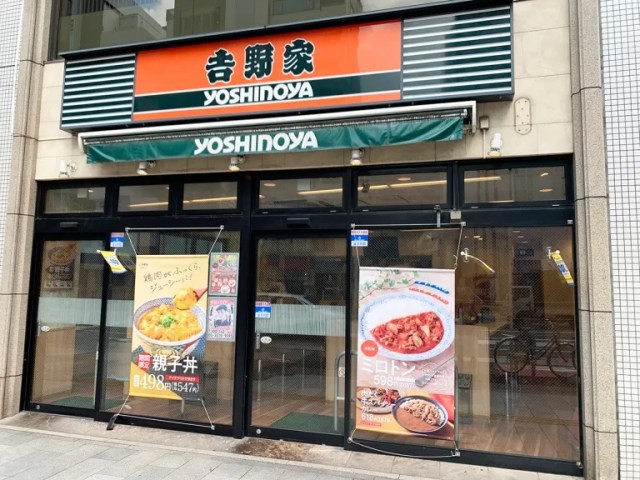
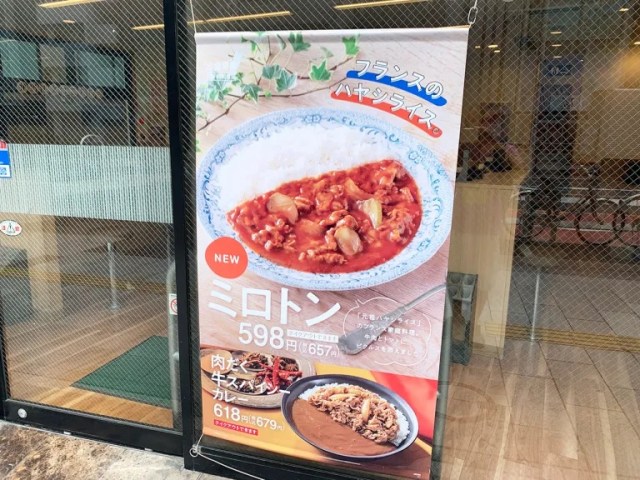
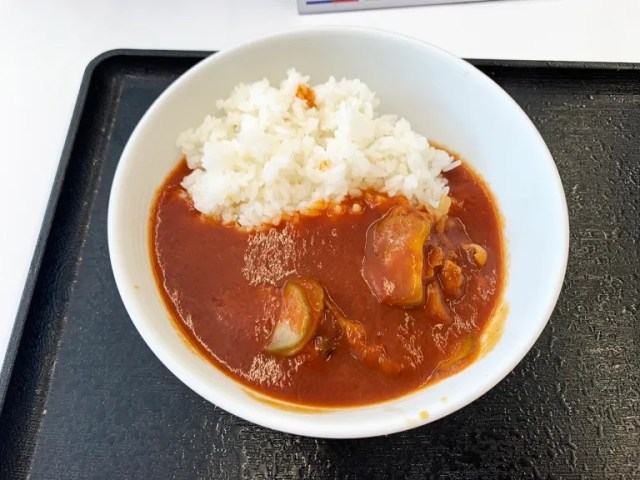
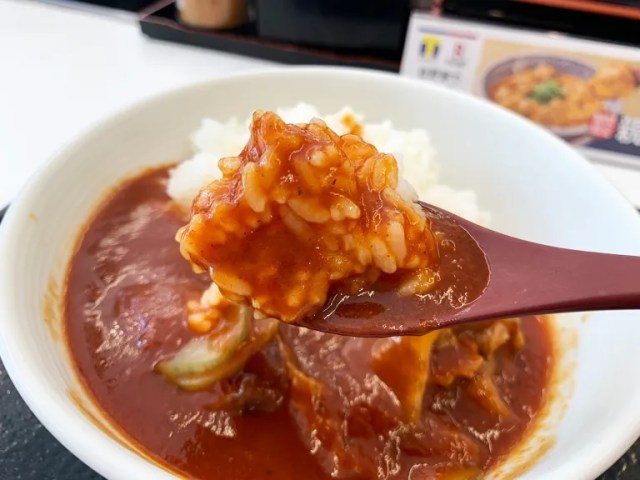
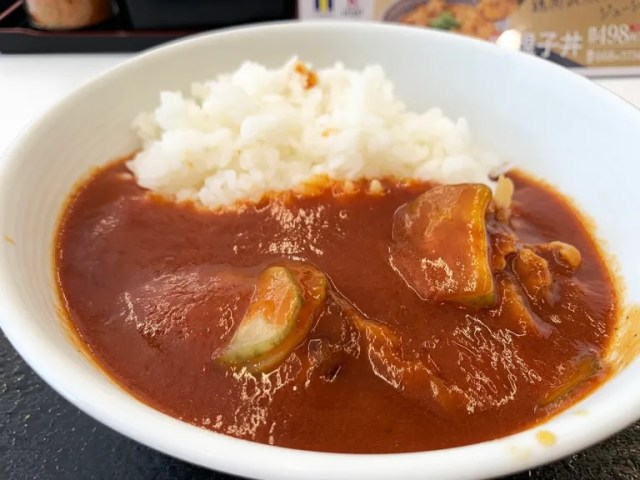
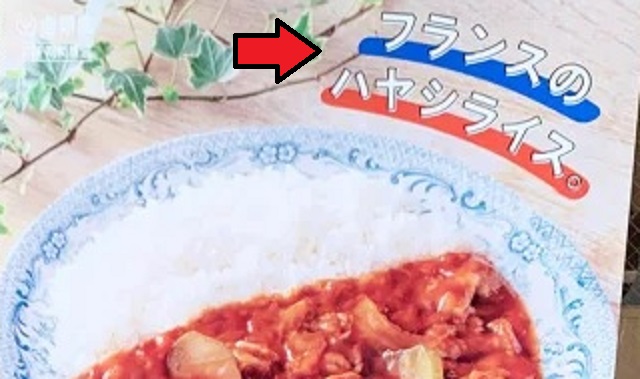

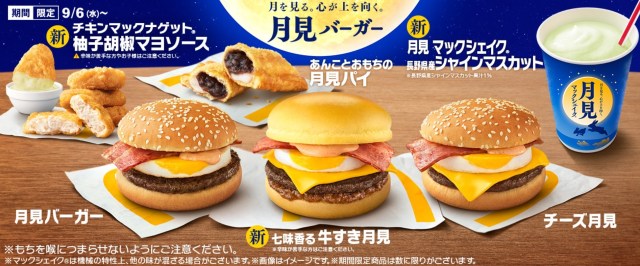
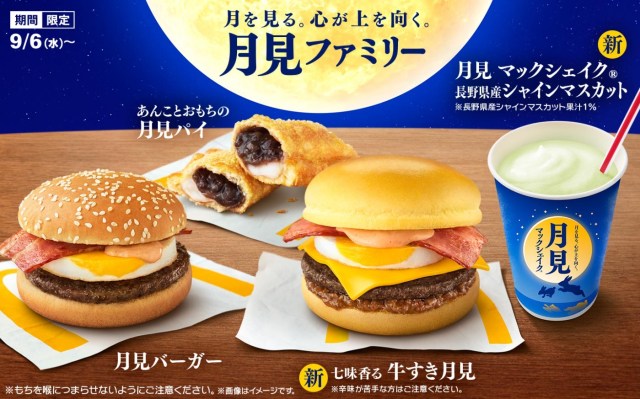
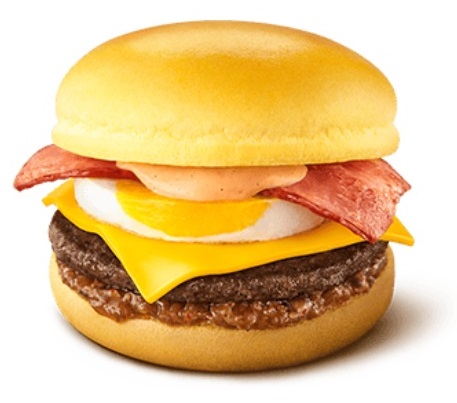
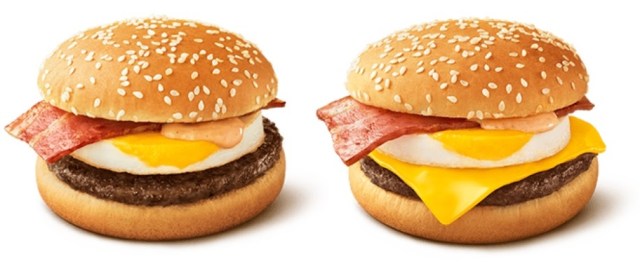
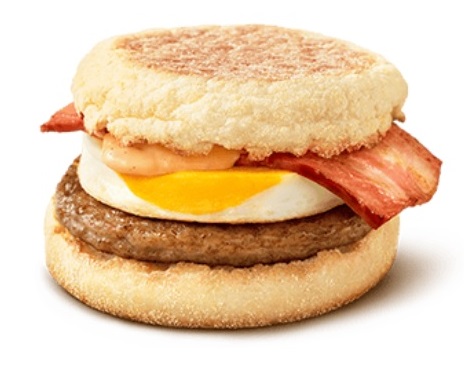
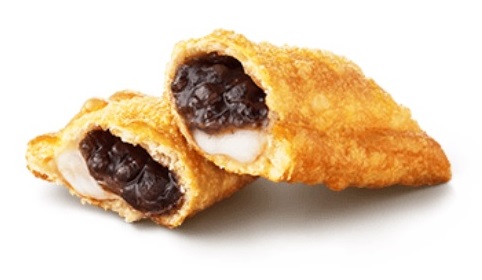
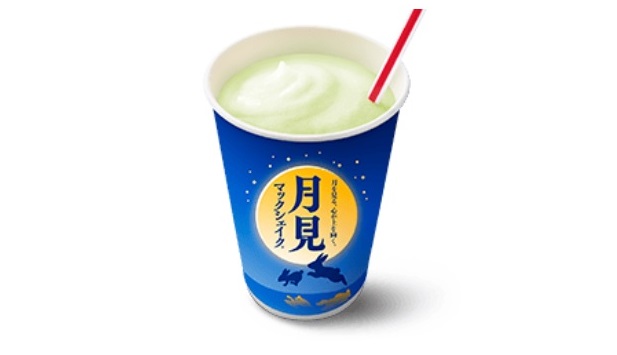
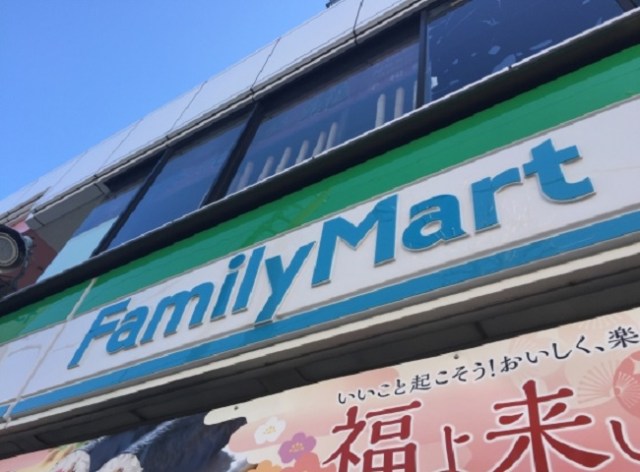
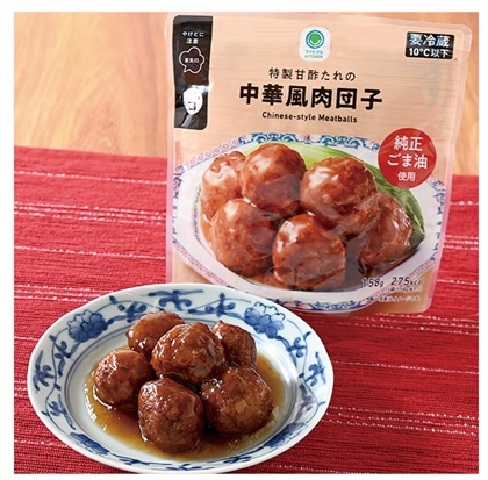
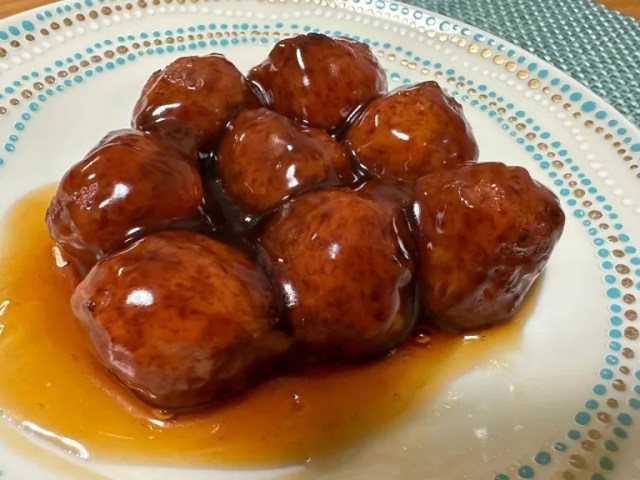
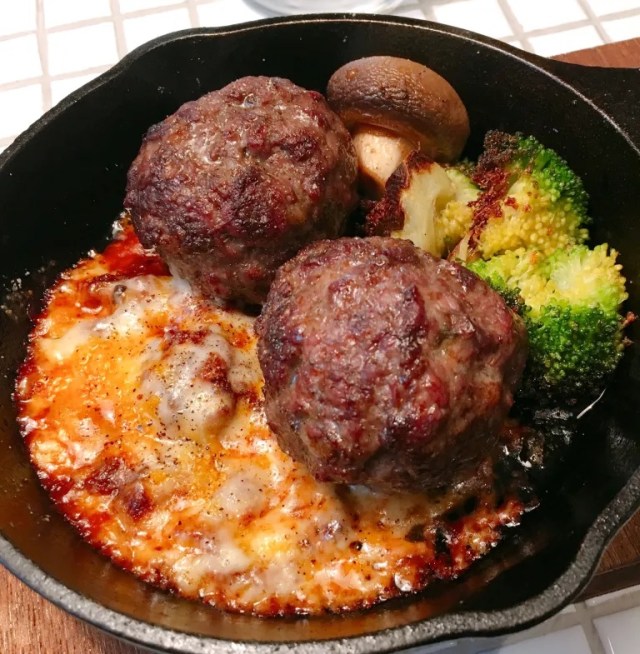
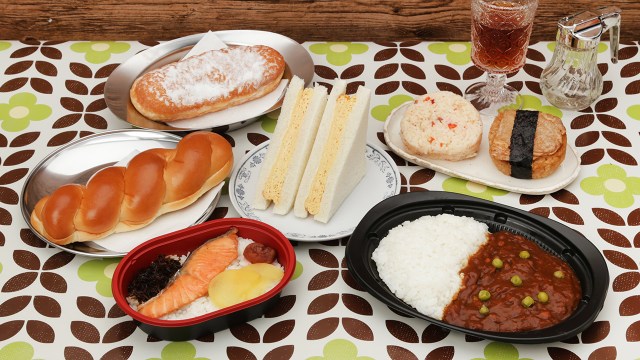
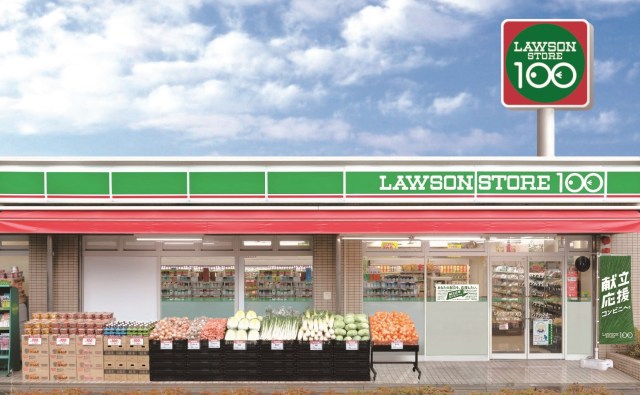
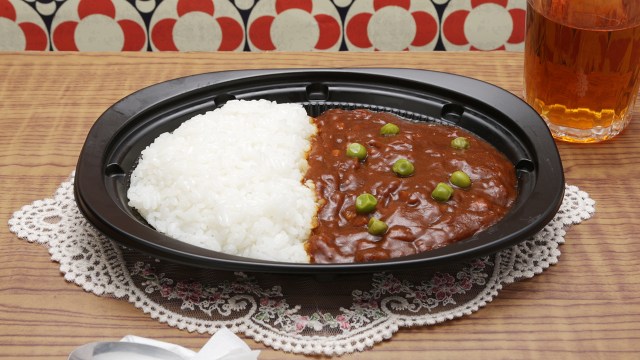
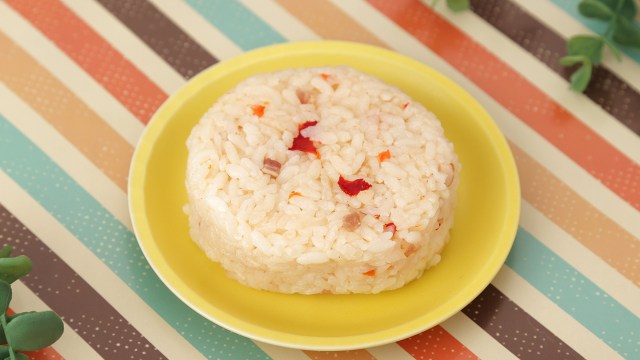
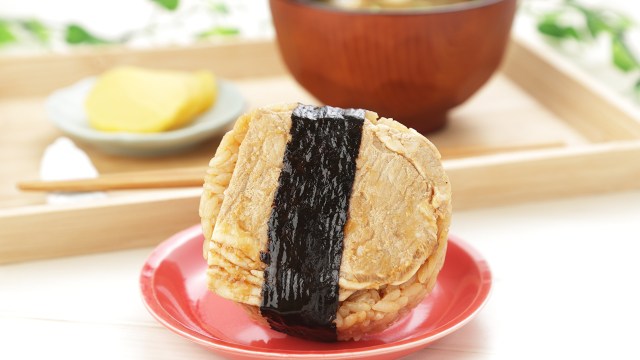
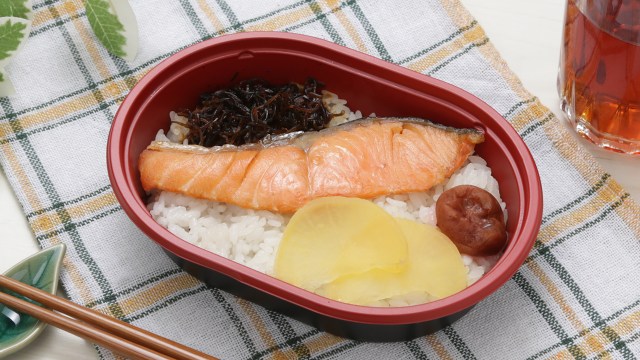

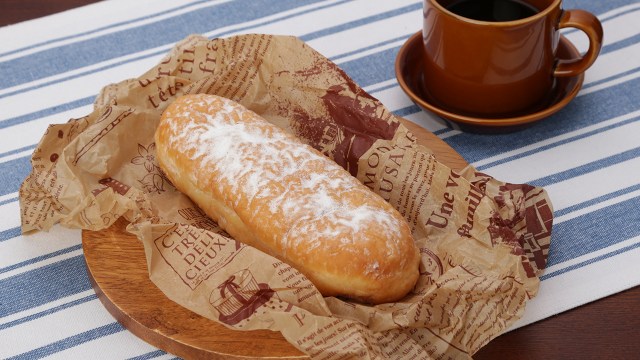
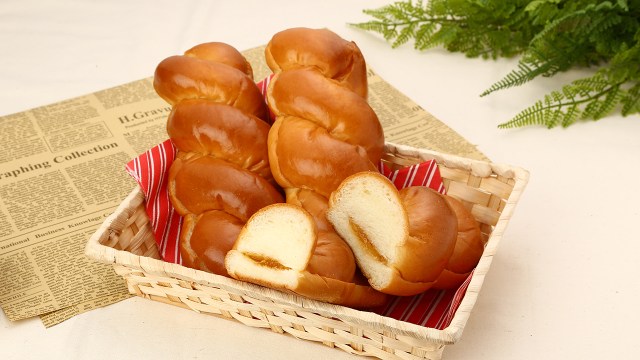
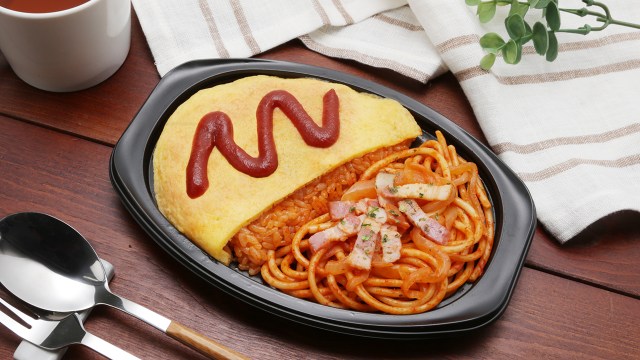
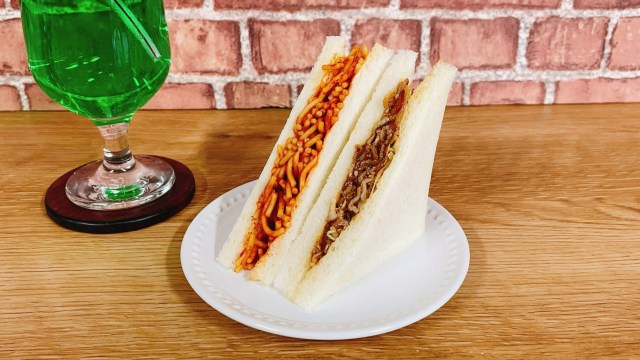
0 comments: